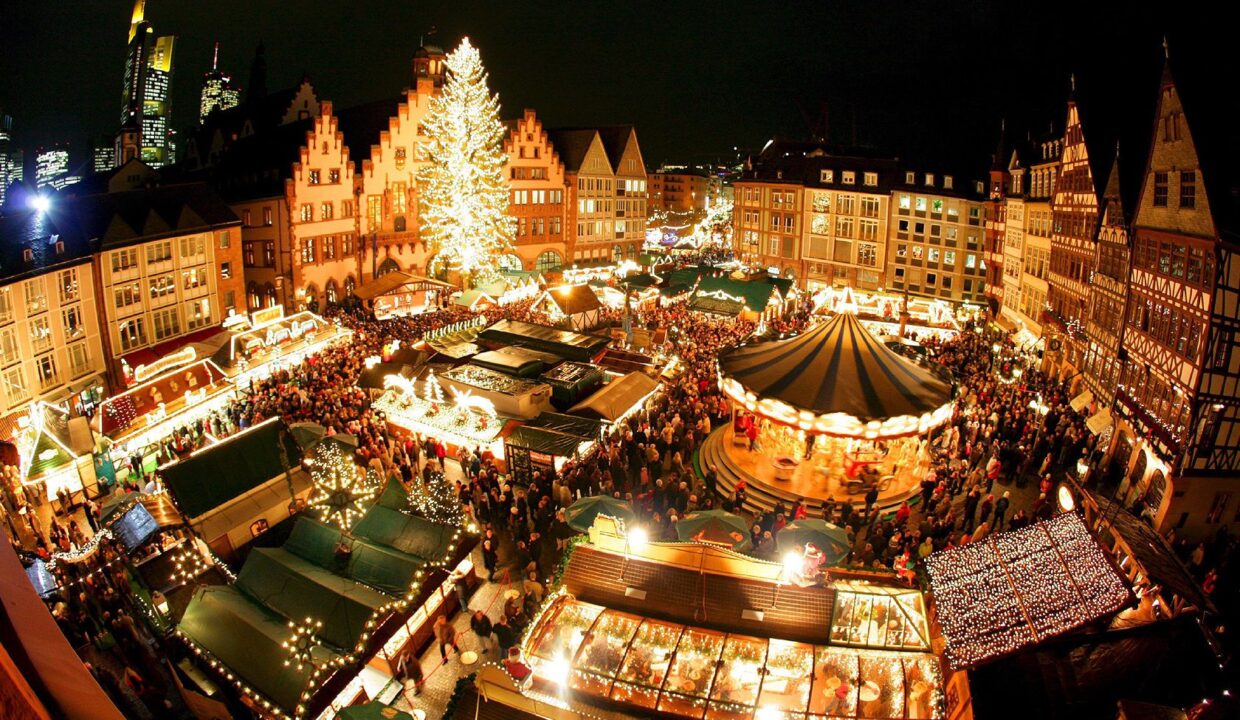
For Spaniards, Christmas is a time of celebration and joy with friends and family. Tiny oil lamps and lights burn in every home, illuminating the beautiful season with fairy lights. Spain has quaint customs and traditions associated with Christmas.
Spanish holidays are an interesting mix of Christian and pagan traditions. Christmas Eve or Nochebuena in Spain is usually celebrated in a family circle. Relatives gather around a festive table with plenty of food, wine and all sorts of desserts.
After the festive meal, devout Catholics head to a midnight Mass called Misa Del Gallo. The church celebrates the birth of the Son of God. All this is accompanied by the singing of the famous Christmas carols accompanied by guitars, hand drums and tambourines.
In most homes, especially where there are children, it is a very fairy-tale night when Papa Noel (Papá Noel is the Spanish equivalent of Santa Claus) brings presents to all the children. As Christmas Day arrives, the next day the family comes together again for a festive lunch, which is not as lavish as the dinner the night before. Then the children fill the streets with joyful voices, showing each other the toys, bicycles, rollerblades and other objects of children’s dreams given by Pope Noel. The next day, December 26, children write letters to the three kings, asking for toys and gifts. And they look forward to the January holidays.
After the celebration of the Day of the Virgin Mary on December 8, everything in Spain has a Christmas theme. From that day on, Christmas trees and creches are set up all over the country. A creche in Spain is a representation of the scene of the birth of the baby Jesus with various figures of the Holy Family, angels, wise men, three kings and animals. Spanish families with their children gather around, sing songs and dance.

